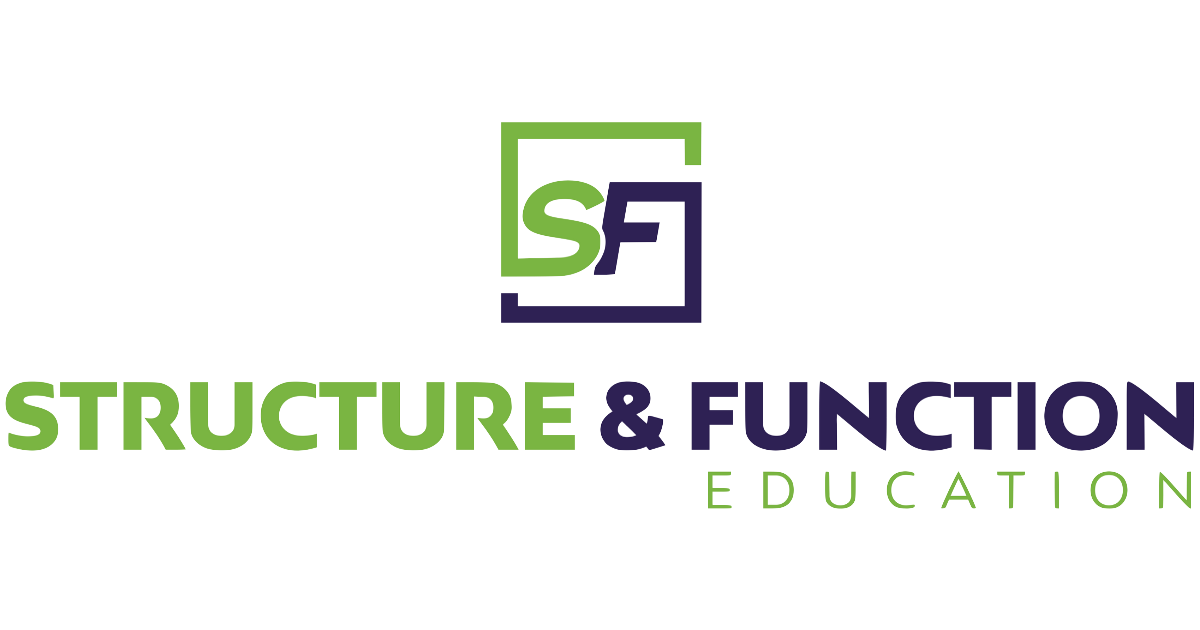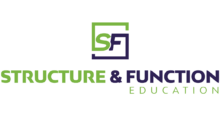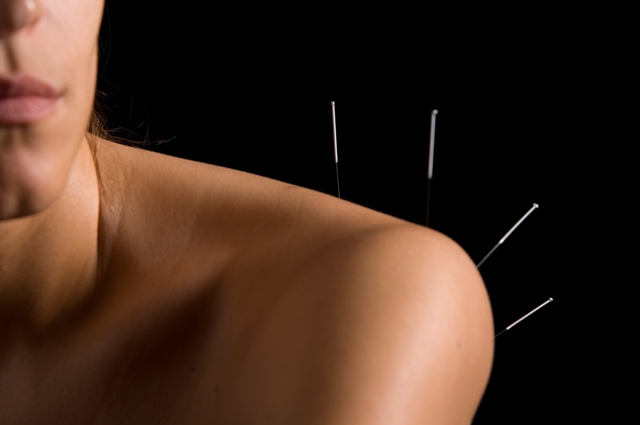First, we need to look at dry needling the way we look at manual therapy. There are many wonderful manual therapists teaching different forms of soft tissue mobilization, mobilization and manipulation in this country. No one would argue that Stanley Paris is a better or worse manual therapist than Ola Grimsby, who is no better or worse than Brian Mulligan, etc. All of these clinicians, to only name a few, are fantastic and have created amazing schools with varying philosophies and techniques for manual therapy. Some clinicians take a few classes from each school and create their own personal practice, picking and choosing techniques that best fit their skill levels and clinical situation at hand. Other clinicians dive all in to one technique and study it top to bottom, becoming clinical experts in that one particular school of thought. Both methods for learning manual therapy are appropriate and are practiced every day in this country.
Dry needling is no different. There are many schools of thought in this country and no one school is right or wrong. They are different, and clinically complement each other. Some students will want to dive into one technique, while others will want to dabble in multiple techniques to see what best fits their practice. Either method for learning dry needling is acceptable.
Second, continuing with our comparison to manual therapy, no one takes one weekend class in manual therapy, proclaims themselves a manual therapy expert, and never takes another manual therapy class ever again.
Dry needling is no different. Multiple classes, within the same school or via multiple schools, is needed to become a clinical expert in this specific powerful and invasive modality.
Western medical health care professionals go to school for 4-10 years of undergraduate and graduate school (depending on the discipline), plus post graduate continuing education focusing on areas such as anatomy, physiology, pathophysiology, neurology, neuroanatomy, cellular biology, emergency care, injury prevention and management, rehabilitation techniques, palpation, and more. This sets the health care professional up very well for taking a motor skill course in the use of dry needling to develop competency in safe needling techniques, followed by more classes in this specific area to develop proficiency in this arena.
The way the individual health care professional uses the techniques is what sets them apart from their health care professional counterparts. This overlap of healthcare is not only appropriate but necessary in today’s society of varying access to medical care and an almost infinite amount of health care benefit combinations.




